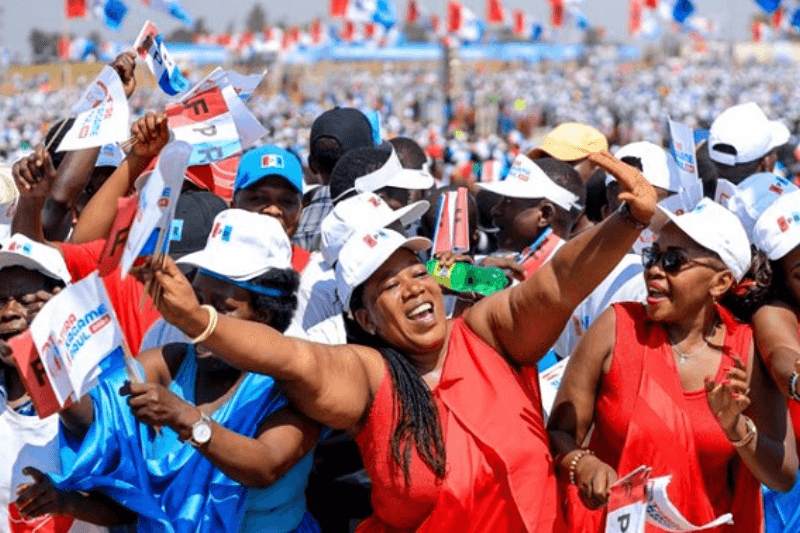With President Paul Kagame’s Rwandan Patriotic Front (RPF) still mostly dominating, earning more than 62% of the votes, Rwanda’s ruling coalition is leading with the most number of seats in the legislative election. Other historic parties, most notably the Social Democratic Party and the Liberal Party, got respectively over 11% and 9% of the votes.
Some of the ministers among the RPF allies backed President Kagame during the presidential campaign and accompanied him in his campaign events. These alliances have helped the RPF to keep control of the parliamentary assembly.
With a little over 5% of the votes, the two groupings outside the coalition and its allies—PS Imberakiri and the Democratic Green Party—finished with the minimum threshold to get seats in Parliament. This guarantees representation from opposition parties even if the ruling coalition keeps great authority.
Following these proportional representation elections, the assembly’s makeup is projected to be somewhat different from that of the one chosen in 2018. Although the electoral commission has not yet revealed the political party distribution of the deputies, it is abundantly evident that the RPF and its allies have supremacy.
Electoral officials report that President Paul Kagame has won 99% of the vote in provisional results from Monday’s presidential contest in Rwanda in a similar development. Given Kagame’s goal of extending his three-decade hold on power, this result was well anticipated.
Keep Reading
Together accounting for 79% of all ballots cast, Kagame’s rivals Frank Habineza of the Democratic Green Party of Rwanda and independent candidate Philippe Mpayimana were earning under 1% of the vote in provisional results. Kagame’s over 99% of the vote reflects the 2017 presidential contest.
Kagame’s government will keep guiding Rwanda’s political scene with this great support. The outcomes of the parliamentary and presidential elections confirm the ongoing impact of the RPF and its allies, therefore determining the course of national governance.

